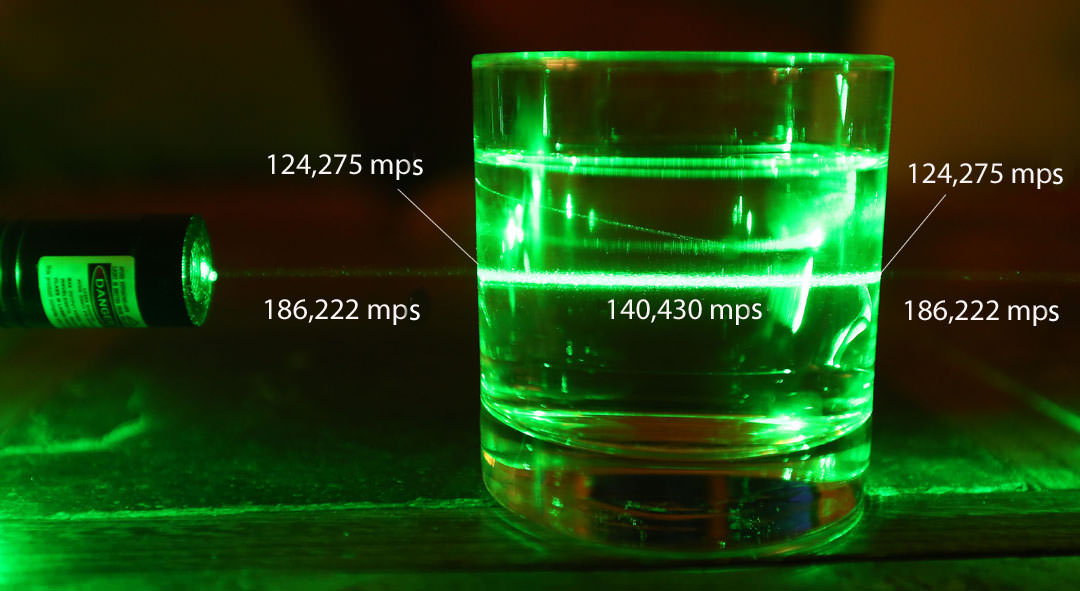

Once you pretend that, you have thrown out all of Special Relativity, and you are just left with nonsense and science fiction. Asking the question, "If we just pretend that light has a reference frame, then what would happen?" will only lead to nonsense answers. And if Postulate 2 is discarded, then the entire theory of Special Relativity is discarded, because Special Relativity is derived from these two postulates. the speed of light would be c in some frames and zero in its rest frame). If there were a valid reference frame in which light was at rest, then that would violate Postulate 2 because the speed of light would be different in various reference frames (i.e. The speed of light in vacuum is the same in all inertial reference frames. The laws of physics are the same in all inertial reference framesĢ. The whole framework of Special Relativity is based on two fundamental postulates:ġ. This statement is fundamental to Einstein's theory of Special Relativity, which has been experimentally validated thousands of times over the last hundred years. This statement is not a minor issue that can be approximated away or overcome by a different choice of words. There is no valid reference frame in which light is at rest. Time is not frozen from light's perspective, because light does not have a perspective. After eight minutes, Earth would go dark and simultaneously push off in a straight line.Why is time frozen from light's perspective?Ĭategory: Physics Published: November 3, 2014 Earth wouldn’t just drift into space instantly. There’s an easy way to picture this, too.

“So the fact that the speed of gravitational waves is equal to the speed of electromagnetic waves is simply because they both travel at the speed of information,” Creighton says. Shake a mass and the change in the gravitational field - the gravitational wave - propagates at that same speed. “In relativity, there is a ‘speed of information’ - the maximum speed that you can send information from one point to another,” says University of Wisconsin-Milwaukee physicist Jolien Creighton, an expert on general relativity and member of the LIGO team that first spotted gravitational waves.Ĭreighton explains that in electromagnetism, when you shake an electron, it creates a change in the electric field that spreads out at the speed of light. So information of any kind has a finite speed, whether it’s a photon - the light-carrying particle - or a graviton, which carries the force of gravity. One of the ramifications of that is that you can’t have simultaneous actions at a distance. It changes with speed and in the presence of gravity. It’s All Relativeīut then Einstein showed that time is relative. Newton also thought gravity acted instantaneously. By that line of thinking, one second on Earth is one second near a black hole (which he didn’t know existed). That question requires a quick dive into Albert Einstein’s general relativity, or theory of gravity - the same theory that predicted gravitational waves a century ago.Įinstein overthrew Isaac Newton’s idea of “absolute time.” Newton thought time marched onward everywhere at an identical pace - regardless of how we mortals perceived it. But why should gravity travel at the same speed? We all know light obeys a speed limit - roughly 186,000 miles per second. But it was also the first-ever direct confirmation that gravity travels at the speed of light. The event prompted worldwide headlines as the dawn of “multimessenger astronomy.” Astronomers had waited a generation for this moment.


They arrived at Earth simultaneously at 6:41 a.m. That gravitational wave and the light from the stellar explosion traveled together across the cosmos. The collision was so extreme that it caused a wrinkle in space-time - a gravitational wave. The dead cores of two stars collided 130 million years ago in a galaxy somewhat far away.


 0 kommentar(er)
0 kommentar(er)
